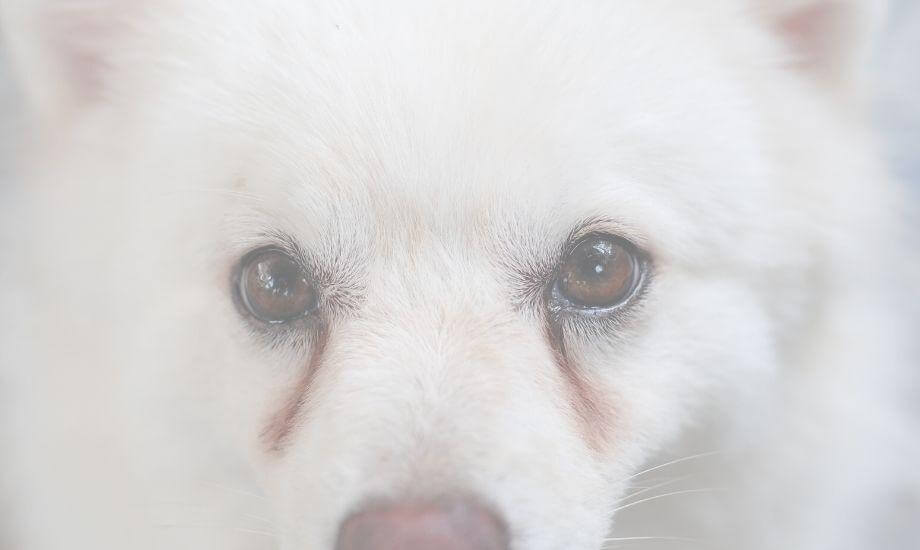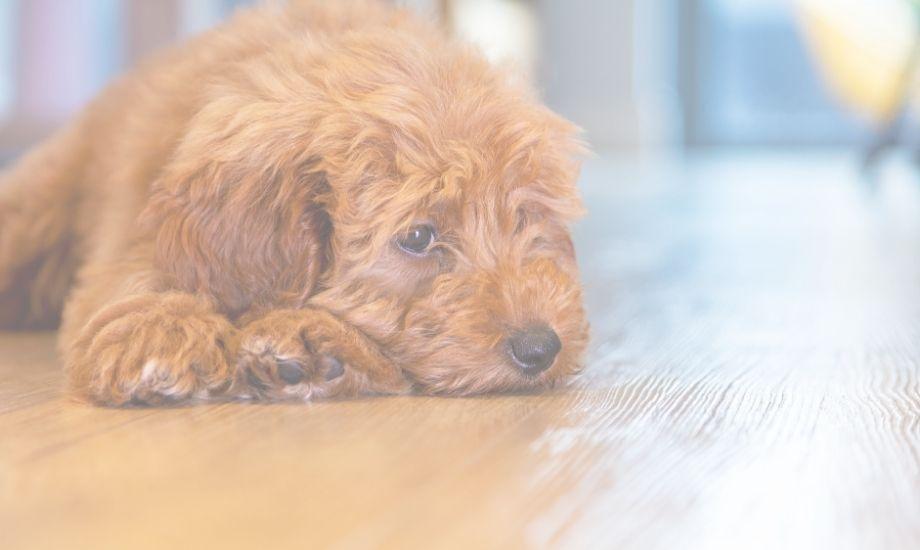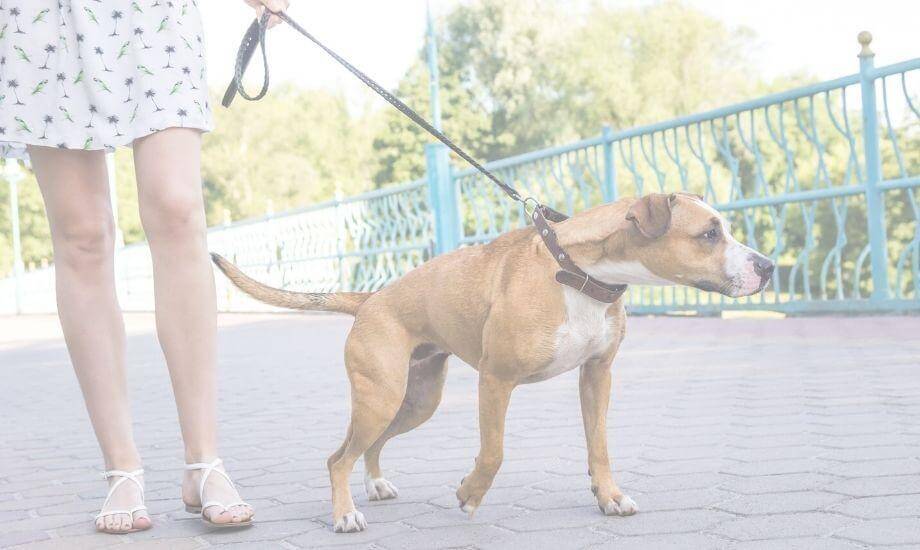As a dog parent, you may be familiar with tear staining, especially if your pup’s coat is lighter in colour. Tear staining in dogs is the reddish-brownish discolouration that happens on your dog’s fur from an overflow of tear production. It is more noticeable on dogs with a light coat as well as some brachycephalic (flat-faced) breeds that are more prone to eye weeping. So is eye staining concerning, and what can you do about it? Let’s find out!
💧What Causes Tear Staining in Dogs?
Tear stains occur from something called porphyrin, which your dog’s body creates as they break down iron. Each pup has a different amount of porphyrin in its body, which can be a cause for excessive staining. It’s best to feed a balanced diet that exceeds AAFCO standards (AAFCO stands for the Association of American Feed Control Officials). They published a minimum set of standards that pet food should meet or exceed and it’s important to ensure that your dog food has this qualification. If your pup has a lot of reddish staining, double check with your veterinarian that the diet you're feeding isn’t too high in iron.
There are some medical conditions that can cause or worsen tear staining too! As previously mentioned, short-nosed brachycephalic dogs are more prone to eye issues which can lead to excessive tear production from eye irritation. Infections, ingrown eyelashes, overly long eyelashes, glaucoma, and anatomic issues like shallow eye sockets or small tear duct openings can all cause excessive tear staining too. Your dog’s environment could play into this issue as well - secondhand smoke and plastic feeding bowls can also affect this. If you have a young puppy, teething can increase staining, and if you have a longer-haired dog a lack of good grooming can be to blame! Lastly, allergies can be a common source, so it may be worthwhile to rule this out as well. It is very important to rule out any of the more serious causes with your veterinarian especially if you notice a significant increase in tear production or staining.
👁️Colour Is Important!
It is important to examine the colour of your dog’s tear staining! If it’s more pink or red, this is likely caused by excess porphyrin. However, if the stains are brown in colour, this can be a sign of a yeast infection. Why would your pup get a yeast infection under their eyes? Well, chronically wet fur from excessive eye watering (which can be caused by the previously mentioned anatomic issues, disease, or allergies) is a prime spot for yeast to grow. Keeping your dog’s face clean and dry can help prevent yeast overgrowth from occurring, but you will need to seek veterinary attention to treat an active yeast infection.
🐾How Can You Fix Tear Staining in Dogs?
There are a number of steps that you can take to safely manage tear staining in dogs. Here are our top suggestions that you can try after speaking to your vet:
- Remove any plastic feeding bowls
- Use filtered water. Tap water can be high in iron and magnesium levels, leading to an increase in porphyrin production
- Incorporate apple cider vinegar - you can add 1 tsp to their water daily to increase the acidity of your bud’s pH. There are some questions as to how effective this treatment is, but apple cider vinegar is safe in this amount for your dog and has been shown to have other benefits for their digestive tract, so it doesn’t hurt to try!
- If you’re not feeding a high-quality, balanced, AAFCO-compliant diet, it is probably time to switch over to one! (Did you know: healthybud’s new line of freeze-dried raw foods exceeds AAFCO standards and was created with nutritionists to ensure they are a complete and balanced meal!)
- Clean your dog’s face regularly. This is probably the most important thing to do when trying to manage tear staining! Make sure to get into a routine to clean your pup’s face daily. Keep the hair around their eyes clean and short. Sunlight can darken the stains, so it is best to clean them first thing in the morning! You can use a small amount of diluted hydrogen peroxide to remove & lighten stubborn stains, but you must be very careful if you are applying this near your dog’s eyes.
- Avoid over-the-counter supplements that contain Tylosin - this is an antibiotic and is safe in small doses but should not be used all the time, especially without your veterinarian’s advice!
We hope all of this information helps you feel equipped to tackle tear staining! Always remember that good nutrition is the foundation for a healthy dog!








